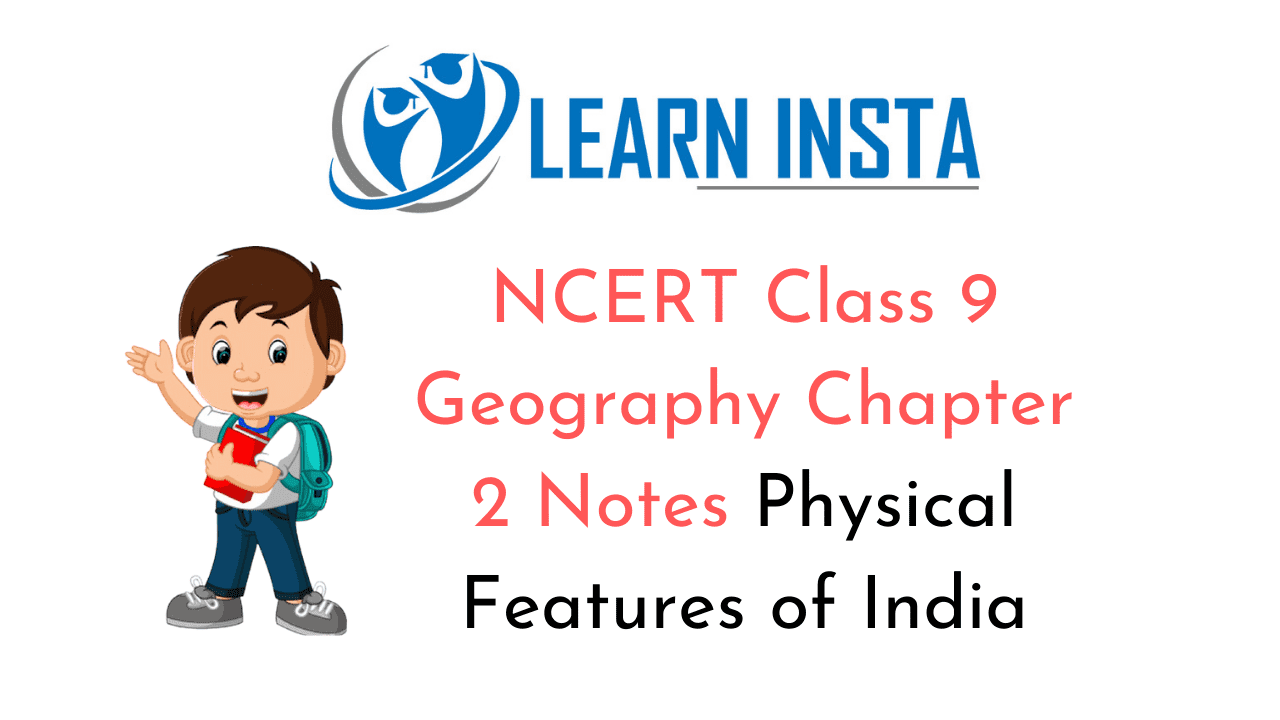
On this page, you will find NCERT Class 9 Civics Chapter 4 Notes Pdf free download. CBSE Class 9 Social Science Notes Civics Chapter 4 SST Electoral Politics will seemingly, help them to revise the important concepts in less time.
Electoral Politics Class 9 Notes Social Science Civics Chapter 4
CBSE Class 9 Civics Chapter 4 Notes Understanding the Lesson
1. The most common form of democracy in our times is for the people to govern through their representatives. These representatives are elected bodies.
2. Elections are necessary and useful in a democracy. All democratic countries hold elections.
3. Elections are all about political competition. This competition takes various forms. The most obvious form is the competition among political parties.
4. Although an electoral competition has many demerits, our Constitution makers opted for free competition in elections as the way to select our future leaders. The did so because this system works better in the long run.
5. Regular electoral competition provides incentives to political parties and leaders. They know that if they raise issues that people want to be raised, their popularity and chances of victory will increase in the next elections.
6. If a political party is motivated only by desire to be in power, even then it will be forced to serve the people.
7. In India, Lok Sabha and Vidhan Sabha elections are held regularly after every five years. After five years the term of all the elected representatives comes to an end.
8. Elections are held in all constituencies at the same time, either on the same day or within a few days. This is called a general election. Sometimes by-elections are held to fill the vacancy caused by death or resignation of a member.
9. Our country is divided into different areas for purposes of elections. These areas are called electoral constituencies. The voters who live in an area elect one representative.
10. For Lok Sabha elections, the country is divided into 543 constituencies. The representative elected from each constituency is called a Member of Parliament or an MP.
11. Similarly, each state is divided into a specific number of Assembly Constituencies. In this case, the elected representative is called the Member of Legislative Assembly or a MLA.
12. In Panchayat and Municipal Elections, each village or town is divided into several wards. Each ward elects one member of the village or the urban local body.
13. Some constituencies are reserved for people who belong to the Scheduled Castes (SC) and Scheduled Tribes (ST). This system of reservation was extended later to other weaker sections at the district and local level.
14. In a democratic election, the list of those who are eligible to vote is prepared much before the election and given to everyone. This list is called the Voters’ List.
15. In our country, all the citizens aged 18 years and above can vote in an election. Every citizen has the right to vote, regardless of his /her caste, religion or gender.
16. Political parties nominate their candidates who get the party symbol and support. Party’s nomination is often called party ‘ticket’.
17. Every person who wishes to contest an election has to fill a nomination form and give some money as security deposit. Recently, a new system of declaration has been introduced on direction from the Supreme Court. Every candidate has to make a legal declaration, giving details of his/her assets and liabilities, educational qualification, etc.
18. In our country election campaigns take place for a two week period between the announcement of the final list of candidates and the date of polling.
19. During election campaigns, the candidates contact their voters, political leaders, address election meetings and political parties mobilize their supporters.
20. The final stage of an election is the day when the voters cast their vote. That day is usually called the election day. Nowadays electronic voting machines EVMs are used to record votes.
21. Once the polling is over, all the EVMs are sealed and taken to a secure place. A few days later, on a fixed day, all the EVMs from a constituency are opened and the votes secured by each candidate are counted.
22. The candidate who secures the highest number of votes from a constituency is declared elected. In a general election, counting of votes in all constituencies takes place at the same time, on the same day. Within a few hours of counting, all the results are declared and it becomes clear as to who will form the next government.
23. In our country elections are conducted by an independent and very powerful Election Commission or EC. It enjoys wide-ranging powers. It takes decisions on every aspect of conduct and control of elections from the announcement of elections to the declaration of results. It can reprimand the j government and administration for their lapses.
24. People’s participation in election is usually measured by voter turnout figures. Turnout indicates the percent of eligible voters who actually cast their vote.
25. In India the poor, illiterate and underprivileged people vote in larger proportion as compared to the rich and privileged sections. This is in contrast to western democracies.
26. The final test of the free and fair election is its outcome. The electoral outcomes are usually accepted as people’s verdict by the defeated party.
27. There are many limitations and challenges of Indian elections. Some of them are-candidates and parties with a lot of money may not be sure of their victory but they do enjoy a big and unfair advantage over smaller parties, some families tend to dominate political parties, etc.
28. Citizens, social activists and organizations have been demanding reforms in our electoral system.
Electoral Politics Class 9 CBSE Notes Important Terms
Constituency: Voters in a geographical area who elect a representative to the legislative bodies.
Code of conduct: A set of norms and guidelines to be followed by political parties and contesting candidates during election time.
Rigging: Fraud and malpractices indulged by a party or candidate to increase its voters.
Booth capturing: Supporters or hired musclemen of party or a candidate gain physical control of a polling booth and cast false votes by threatening everyone or preventing genuine voters from reaching the polling booth.
Turnout: The percentages of eligible voters who cast their votes in an election.
Incumbent: The current holder of a political office.
Level playing field: Condition in which all parties and candidates contesting in an election have equal opportunities to appeal for votes and to carry out election campaign.









